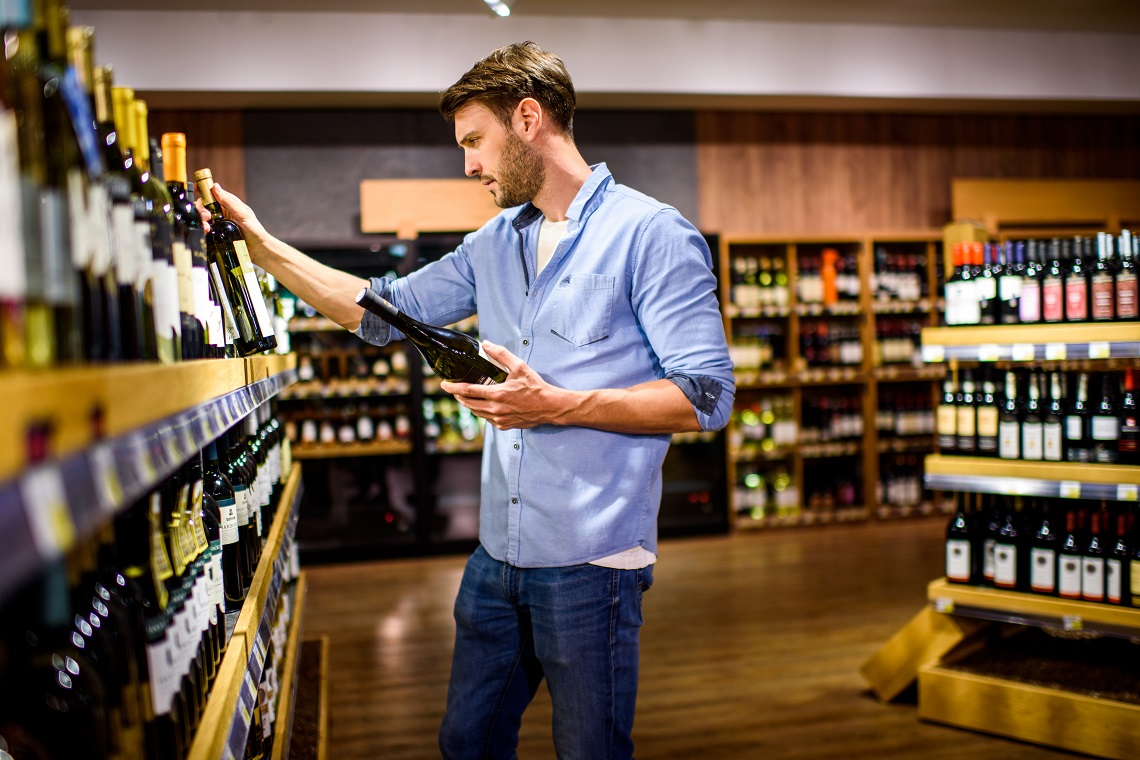Global wine market analysts and consultants, Wine Intelligence, has published its Australia Landscapes 2019 report, which explores the price of premiumisation to Australia’s wine category and the sustained changes in consumer behaviour.
Report authors Rodney Sammut, Country Manager for Australia and New Zealand, and Alice Brockman-More, Communications Assistant have noted how wine is becoming a more occasional treat, the shift towards lower alcohol consumption and more diverse beverage consumption habits.
“Over the past 12 months, the Australian wine market has seen a continuation of many trends that have emerged over recent years,” the report notes.
“For instance, the impact of moderation, the continued growth of competing alcoholic beverage categories and the influence of increased rosé and Prosecco consumption have all been significant drivers in wine consumer attitude and behaviour change recently.
“More specifically, although overall volume consumption has declined in the Australian wine category, there has been an increase in overall value.”
The IWSR and Wine Intelligence Vinitrac data shows that average prices for a bottle of wine have increased and that consumers are still buying. This supports the trend of consumers spending more across off- and on-premise and the behaviour of swapping quantity for quality.
The report went on to question what price the wine category is paying for this premiumisation in terms of where consumers are spending their dollars.
“With prices rising, wine is constantly battling other non-essential discretionary items for a share of consumer disposable income, and it is stating the obvious to say that competition amongst alcoholic beverages has increased markedly in recent years,” Wine Intelligence said.
“The past success that the wine category has enjoyed and that made it unique, such as the craft of wine-making and provenance, is now being successfully hijacked by other beverage categories to drive their success. We see this reflected in our consumption data where there have been significant increases in the proportion of regular wine drinkers consuming different alcoholic beverages, including craft beer and gin, especially among drinkers aged under 45.
“Therefore, although wine producers may be hesitant to push the boundaries for the category, they must continue to do so in order to maintain their position and thrive in today’s bustling market.”
“Despite this competition, wine consumers are drinking more rosé and Prosecco than previous years, which is consequentially changing the drinking habits of these wine consumers. Prosecco is now regarded as a suitable alternative to Champagne, as the prestigious and typically more expensive drink has been negatively impacted by exchange rate changes.
“In turn, retailers are shifting their promotional offers and shelf-space away from Champagne and towards Prosecco, which has a more accessible price point. There is also a strong sense that the growing popularity of rosé is driving a broader trend towards lighter bodied reds – often lower in alcohol and that originate from cooler climates.”
While there are challenges currently facing Australia’s wine category, the report says that those in the wine industry can’t help but feel an overall positive change in sentiment towards the category.
“Instead of looking at these challenges as crippling uncertainties, we must acknowledge each as an opportunity through which the category can grow and evolve into continued success,” Wine Intelligence said.
More information on the Australia Landscapes 2019 report is available from Wine Intelligence.

